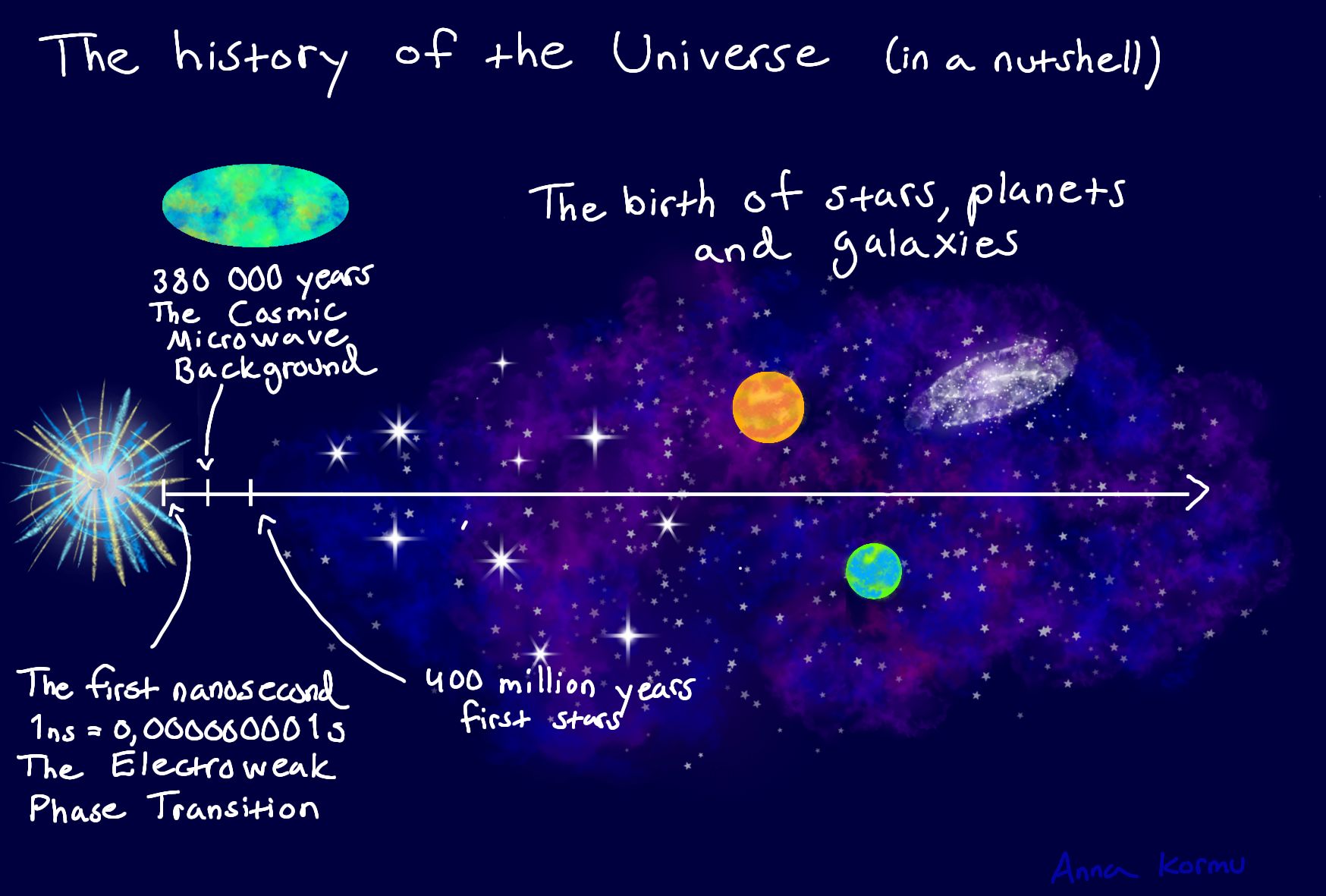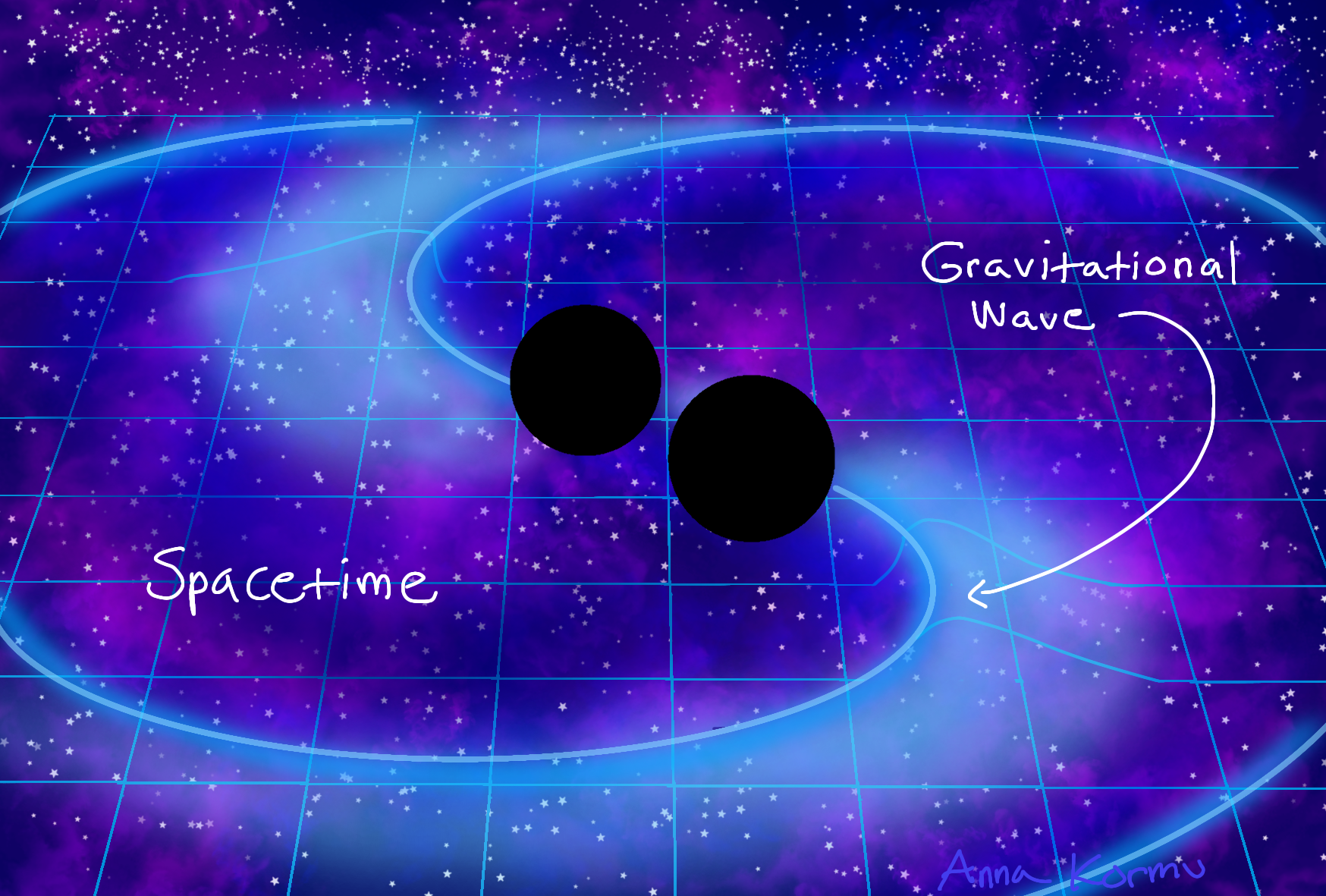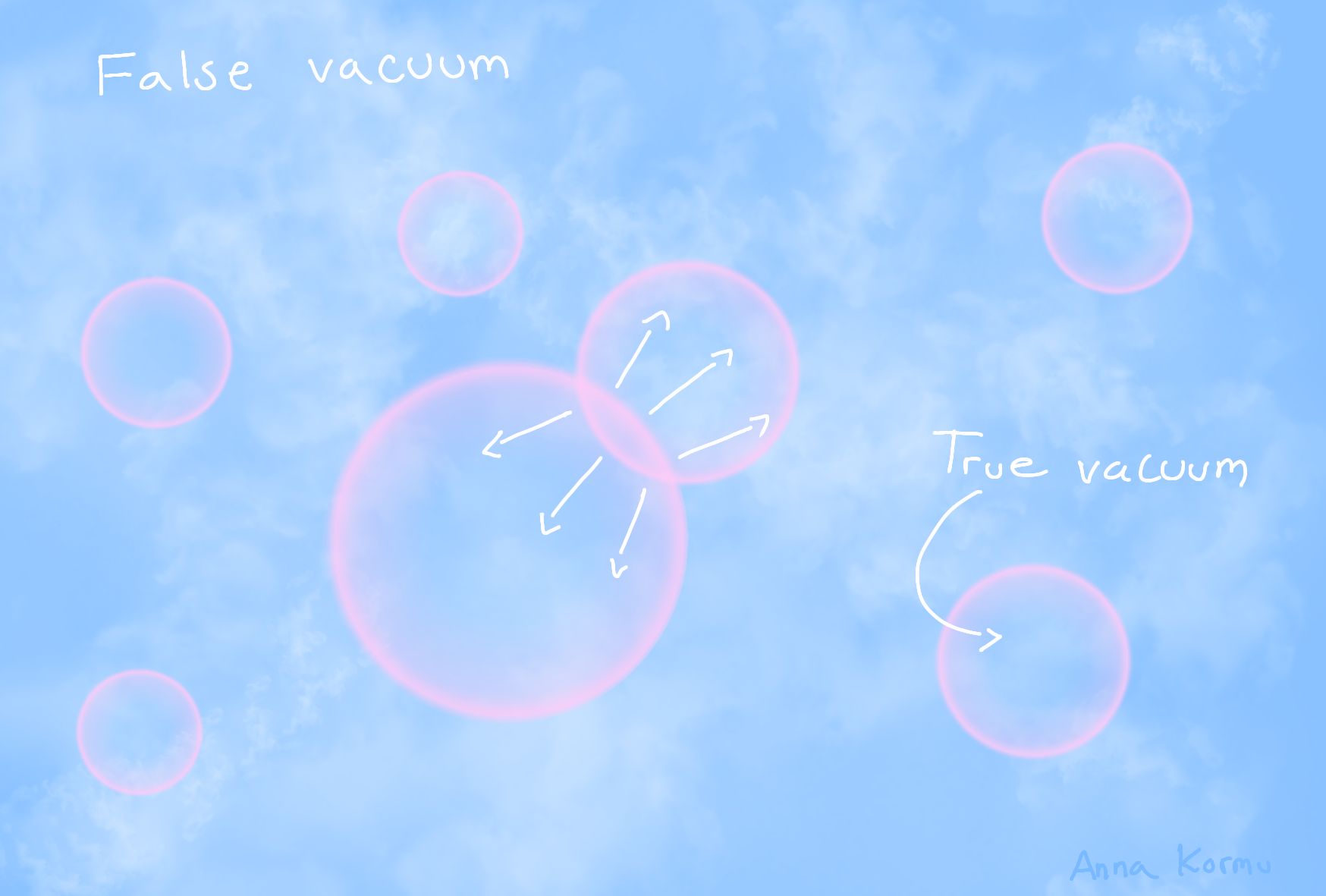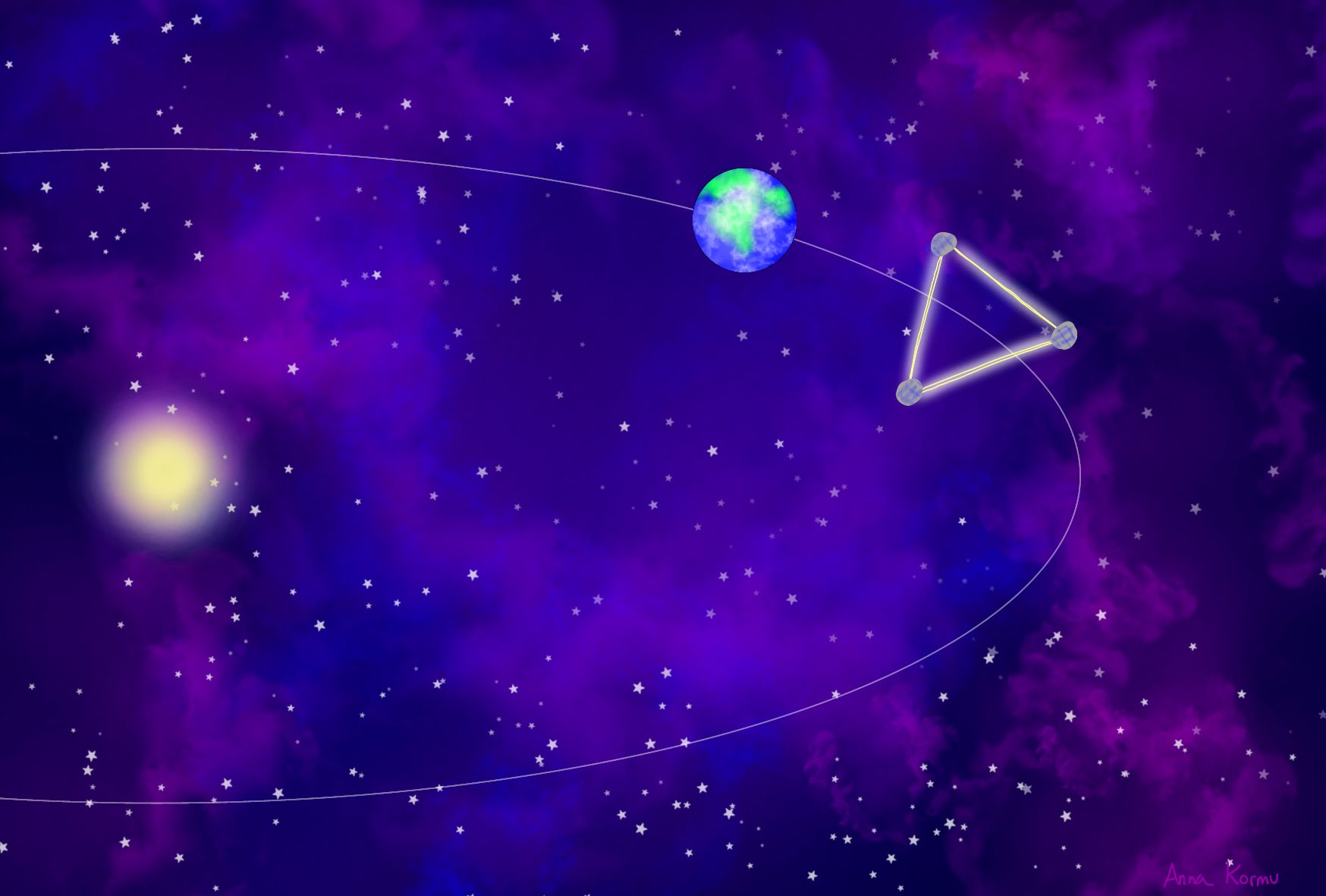The universe, since its birth 14 billion years ago, has witnessed many events, from the birth of the first atoms to the clustering of galaxies. Humans have tried to understand these early stages of the universe for a long time. However, our understanding has its limits. Even just the first second of the universe still largely remains a mystery. Clues to solve this mystery might still be detectable to us – in the form of relic gravitational waves. These gravitational waves, set off almost 14 billion years ago, could shed light onto these very early stages that are otherwise inaccessible.

Gravitational wave detection has been an ongoing effort since the 1960s, but the first direct detection was not made until 2015, when we observed black holes colliding and merging. Current experiments are all located on Earth, but earthbound detection has one big problem: all the noise. Things like tectonic shifts, traffic and even lighting strikes can cause trouble. The detectors require extreme sensitivity, they must be able to detect changes in length that are smaller than the diameter of a proton, a building block of an atom. The solution is to go somewhere quieter than Earth: to space. Laser Interferometer Space Antenna, LISA for short, is a detector that is launching to space in the 2030s and will open a new window into the early universe. But what could LISA possibly hear?

LISA can detect gravitational waves from black holes and other astrophysical sources, but here we are more interested in sources of cosmological origin. Let’s turn our heads towards an event that occurred roughly one nanosecond after the birth of the universe. The so-called electroweak phase transition could create ripples in the space-time, and we hope LISA might be able to hear them. If the relic gravitational waves are indeed detectable, what new information could they offer us?
Before we embark on the quest to understand how all of this ties in together, let’s recap some basics first. The phrase electroweak phase transition can be quite a mouthful. There are four fundamental interactions in nature: gravitational, electromagnetic, weak and strong interaction. To get the electroweak interaction, one combines the electromagnetic and weak interaction into one. The electromagnetic interaction tends to be the more familiar one from everyday life in the form of electricity. The weak force matters at subatomic scales.
Phase transitions can be seen everywhere around us, boiling of water, water freezing into ice, frost forming on the windows of your balcony. Just as water can exist in different phases, the same holds true for the universe, albeit in more abstract terms. Determining whether the electroweak phase transition is the cosmological equivalent of the boiling of water or frost formation is crucial, as those are two physically different processes.The boiling of water is something physicists refer to as a first order transition. Frost formation on the other hand, where water vapour jumps over the liquid phase going straight to the solid phase (deposition), can be thought of here as a crossover (at least to some extent). Current research focuses on the former assumption because of the possibility of being detected by LISA.
In the cosmological phase transition, the two phases that exist are the ‘true vacuum’ and the ‘false vacuum’. In the boiling water scenario for the electroweak phase transition, bubbles are created as a result. These bubbles exist in the true vacuum state while rest of the universe is in the false vacuum state. As these bubbles expand and collide with each other, gravitational waves are created. These waves could offer us new information from the very first second of the universe and maybe even help to solve some aspects of a question that has puzzled physicists for a long time. Namely, why is there more matter than antimatter in the universe?

After the successful LISA Pathfinder mission in 2015, the main space-based detector is launching in 2034. LISA consists of three space craft, arranged in an equilateral triangle formation . It will follow the Earth on its orbit around the Sun and detect the passing gravitational waves. The ‘arm length’, the distance between two of the spacecraft, is 2.5 million kilometers. That is roughly 6 times the distance from Earth to the Moon and allows us to reach lower frequencies. One can think about this a bit like listening to a radio, on different frequencies we have different radio channels. From Earth we cannot reach the frequencies LISA can hear. This is due to two main reasons: earthbound detectors will face problems with noise and the sheer scale of LISA would simply be impossible to implement on Earth.

In conclusion, in the best case, LISA could possibly detect a signal from these early universe gravitational waves that have originated roughly one nanosecond after the Big Bang. The other option is of course that we hear nothing. This might sound a tad pessimistic, but the absence of gravitational waves could help us narrow down our theories on the origin of matter. The next decade will hopefully offer us more insight into our quest to try to understand the universe better.
Interested in learning more? Here are some resources for you to check out!
Laser Interferometer Space Antenna (Wikipedia)
Stochastic gravitational wave background (Wikipedia)
LISA mission webpage (NASA)
Nature article on detection of gravitational waves
Baby universe rumbled with thunder of Higgs bubbles (New Scientist)
This text is partly written during the ‘Scientific writing’ (University of Helsinki, Spring 2021) course and I would like to extend my thanks to the lecturer Trevor Corson for all the valuable feedback and suggestions.
The images are drawn using ibisPaint.